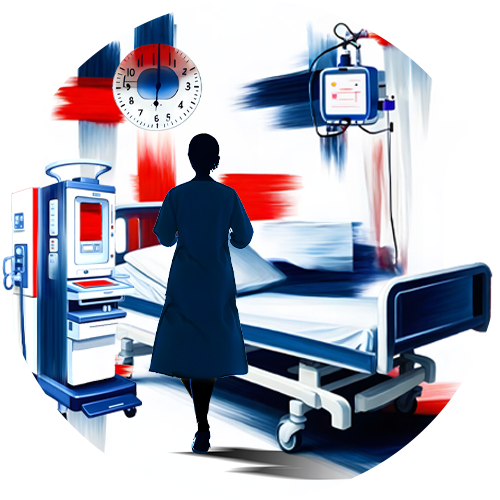On Call — Chapter 14: The Best of Doctors
| July 9, 2024I’ve noticed that these experts range from the appropriately modest to the ludicrously arrogant

Ican do this. I think.
The patient, an unconscious 87-year-old man suffering from septic shock, is oblivious to my indecision. My attending instructs me to place a central line in the man’s jugular vein, running through his neck. I know the theory cold, but actually doing it to a living, breathing person is another matter.
“Insert the needle into the jugular…” drones my attending, and ignoring my clammy palms, I slowly follow her instructions. Trying to thread the wire through the needle, into the vein, I sense resistance. Breathe. Rotate the wire carefully. Ease it in. Breathe. The patient’s still alive. Breathe. I’m sweating by the time I’ve finished. It’s time for the routine X-ray to ensure the catheter is properly placed, something we always do when central lines involve the neck.
Scanning the black-and-white image, I suddenly notice that the attending is stifling an unprofessional chuckle.
“We don’t see that every day,” she informs me, pointing to the scan. I can see the length of the central line. Somehow, instead of reaching my patient’s heart, I’ve inserted the wire Into. His. Brain.
It’s not my finest moment.
Thankfully, there was no lasting damage, but my spectacular beginner’s luck was a good reminder of how much I had to learn. Now, as I enter my third year of residency, I’m grateful for the knowledge I’ve gained from multiple doctors in various medical fields — but I’ve noticed that these experts range from the appropriately modest to the ludicrously arrogant.
Dr. Nathaniel Morton is one of the latter.
And he’s furious. At me.
Oops! We could not locate your form.


